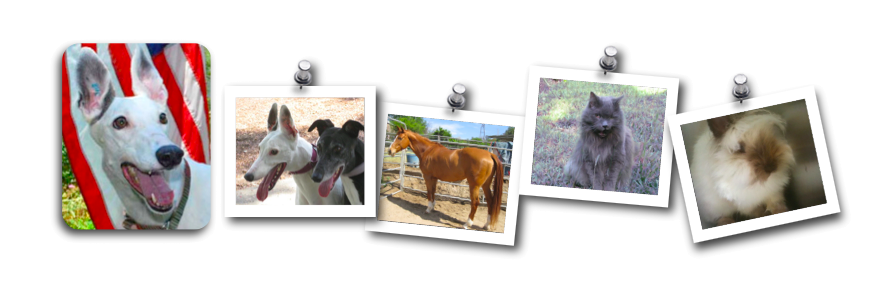In an effort to show that Contagious Equine Metritis (CEM) does not exist or is at very low levels in the US equine horse population, the USDA is offering lower-cost testing to owners of active breeding stallions through August. It is part of a nationwide survey, with the goal of sampling 3,000 stallions.
Conducted under the auspices of the USDA Animal and Plant and Health Inspection Service (APHIS), the voluntary testing will involve all breeds and most of the 50 states. The numbers are based on the National Animal Health Monitoring System estimates of breeding stallion populations in each state. For example, APHIS officials hope to test more than 300 stallions in both Texas and Kentucky, nearly 200 in California, and more than 100 in Florida.
The USDA will pay shipping and lab diagnostic costs for one set of samples. Stallion owners must pay the costs of collecting the samples, to be done by a USDA-accredited equine veterinarian.
"We hope to get a representative sample of a state's overall active stallion breeding population," said Jim Barrett, public affairs specialist and emergency coordinator with APHIS. “The goal is to sample 3,000 of the most active breeding stallions from around the United States."
The bacterium Taylorella equigenitalis causes CEM, a transmissible venereal equine disease. The last US outbreak of CEM occurred in early 2009, and APHIS reports that as of early January of this year, 94% of the horses involved in that outbreak are free of the disease. Barrett noted that none of the stallions involved in the current round of testing has tested positive.
Barrett pointed out several advantages to stallion owners to participate in the testing survey. "First, this is an opportunity to determine that your stallion likely does not have the bacterium that causes CEM and that he is not spreading it to other horses," he said. "Second, you may need a negative test result in order to have your stallion collected or bred at a commercial facility this year. Third, if you have any reason to suspect that your stallion is positive, this is a chance to find out with minimal financial impact."
Kentucky's Office of State Veterinarian supports and is helping to facilitate the testing, said staff assistant Rusty Ford. Kentucky routinely conducts CEM surveillance of its Thoroughbred population, and Ford said that surveying the country’s stallion population would help Kentucky's international trade.
"We do not, though, have this same level of surveillance in many of our other breeds," said Ford. "For this reason, culturing non-Thoroughbred stallions in Kentucky and throughout the country would appear to be the most efficient use of funds for providing useful information enabling us to determine if there remains a prevalence of CEM carrier stallions in the United States."
Ford outlined another benefit to the national testing. If the US can claim its horse population CEM-free, the USDA will better be able to negotiate entry requirements for horses to other countries.
"Reducing the required CEM testing will effectively lower the cost associated with exporting the horse for a realized net savings," he said.
The survey has some limitations, such as the maximum number of stallions to be sampled at any one facility is 50%, but not more than 20 stallions per facility.
Stallion owners interested in participating in the testing program should contact a Veterinary Services area office or a state animal health official's office. To find the nearest office, visit www.aphis.usda.gov/animal_health/area_offices/.

No comments:
Post a Comment